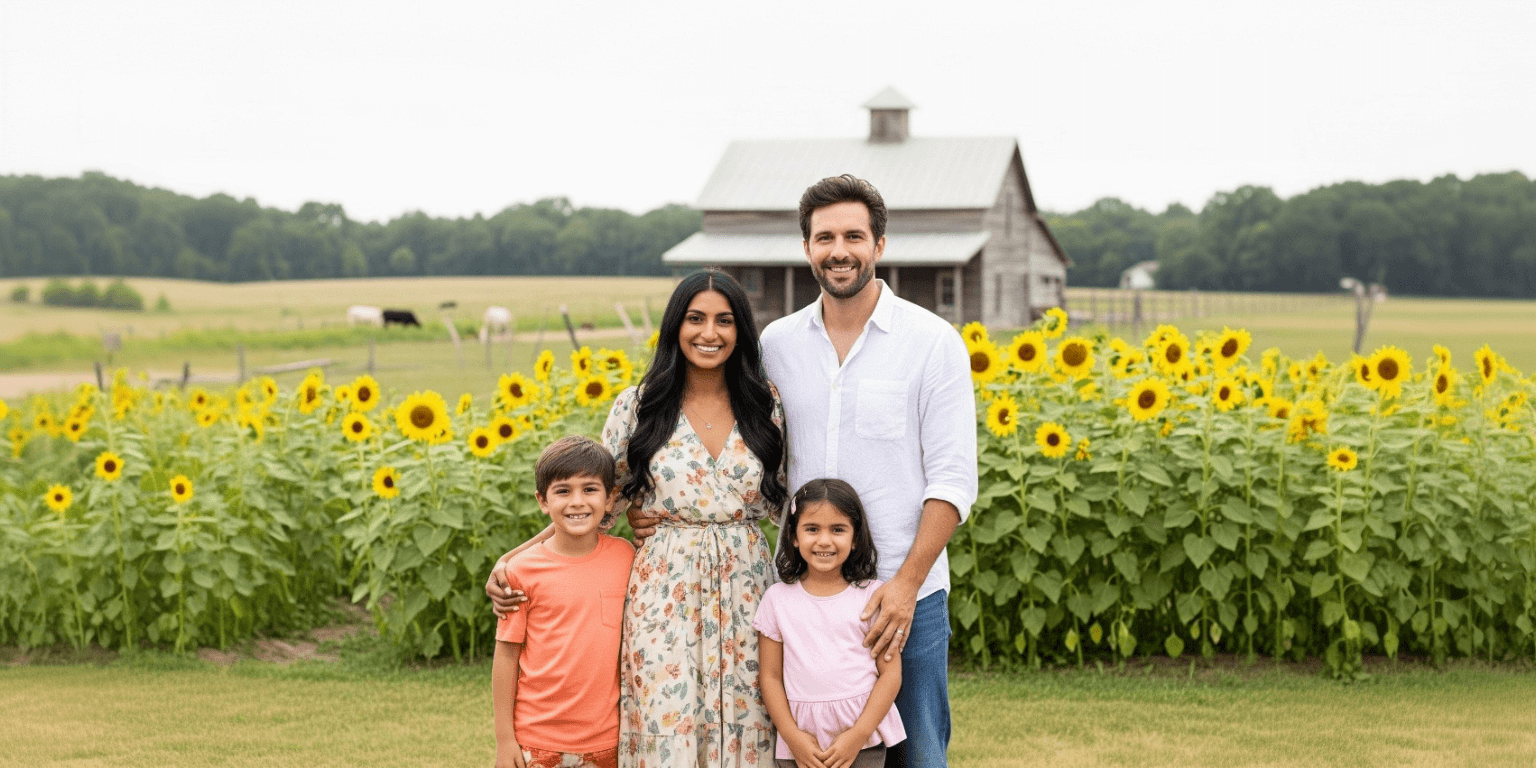Think Bigger This Season: Why Smart Farmers Are Skipping New Tractors for Captive Insurance


Late summer brings a familiar rhythm. The harvest trucks roll heavy with crops, coming in bushel after bushel, and farm bank accounts swell with the season's rewards. Much of that liquidity hits accounts between August and October, creating a compelling question for every farm operator: What's the smartest move for this capital?
For generations, the answer seemed obvious: A new John Deere, land purchase, or maybe barn improvements. Tangible assets like these made farming feel like farming. But forward-thinking producers are discovering a different path that transforms seasonal cash flow into enduring financial strength: captive insurance.
Depreciation and Growing Risks
Here's the uncomfortable truth about that beautiful $750,000 combine harvester: the moment it rolls off the dealer lot, it becomes a depreciating asset. Agricultural equipment typically loses 15-20% of its value in the first year alone.
Meanwhile, the agricultural landscape faces increasingly complex risks. Labor shortages create operational question marks. Supply chain disruptions can devastate carefully planned harvests. Add in weather volatility… Well, you get the picture.This is where captive insurance transforms the equation entirely.
What Exactly Is a Captive Insurance Company?
Think of a captive as your farm's personal insurance company. You pay premiums to your self-owned captive, which then provides coverage for the specific risks to your operation. As a supplement to traditional coverage, captive insurance is not a replacement for your current commercial insurance policies which are still a vital layer of risk protection.
But, traditional insurance operates on a simple principle: insurers collect premiums, pay claims, and keep the profits. With your own captive insurance company, you collect the premiums, deduct those premiums from your operating business, pay any claims, and keep the profits. Every dollar not paid out in claims and expenses stays within your controlled entity, accumulating value over time.
And captives offer other benefits that extend far beyond basic premium retention. Let’s take just two of those advantages:
Customized Risk Coverage: Your captive can insure risks that commercial insurers won't touch or price prohibitively high. Equipment breakdowns, key person protection, water loss economic impacts, even coverage for production losses above and beyond your current crop insurance.
Financial Stability: Rather than seeing insurance as a pure expense, captives transform it into an asset-building strategy. Unused premiums don't disappear – they accumulate within your captive which you own and control, thereby, creating a financial foundation that extends far beyond the current growing season (or that shiny new tractor).
Getting Started: The Path Forward with 3F
Establishing a captive insurance company isn't as complex as many farmers might think, but it does require expertise in both agriculture and insurance. With 3F, the process typically involves:
- Feasibility Analysis: Determining whether your operation's size and risk profile make captive insurance beneficial.
- Capitalization: Funding the captive with sufficient assets to meet regulatory requirements and provide meaningful coverage.
- Ongoing Management: Handling claims, regulatory compliance, and financial reporting.
The key is working with experienced professionals who understand both the agricultural sector and captive insurance. Patrick Johnston and Jonathan Strike at 3F Captive Services have built their expertise specifically around agricultural applications, helping farming operations navigate the establishment and ongoing management of captive insurance companies.
This Season's Strategy
As harvest revenues accumulate this summer, farmers face a choice that extends beyond the current growing season. The familiar path of equipment purchases provides immediate operational benefits but creates no lasting financial value. Captive insurance, by contrast, is an investment and an asset-building opportunity that provides superior risk protection than you would otherwise have without a captive in place.
The question isn't whether you need insurance – every farming operation does. The question is whether you'll continue solely paying premiums to commercial insurers who keep the profits, or establish your own captive insurance company and capture some of those profits for yourself.
Think bigger this season. Your summer nest egg can grow exponentially beyond new equipment into a legacy of financial strength that supports your operation and your family for decades to come.
Ready to explore how captive insurance can transform your farm's financial future? Don't let another season pass the same old way. Contact Patrick Johnston and Jonathan Strike at 3F Captive Services for a personalized consultation and discover how a captive insurance company can redefine your approach to risk management and wealth building.
Discover Tailored Insurance Solutions
Unlock the potential of customized captive insurance designed specifically for your unique business needs.
